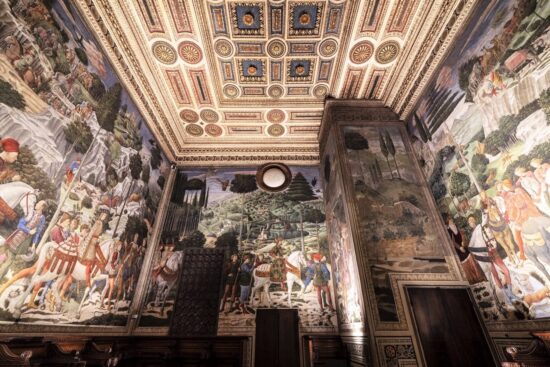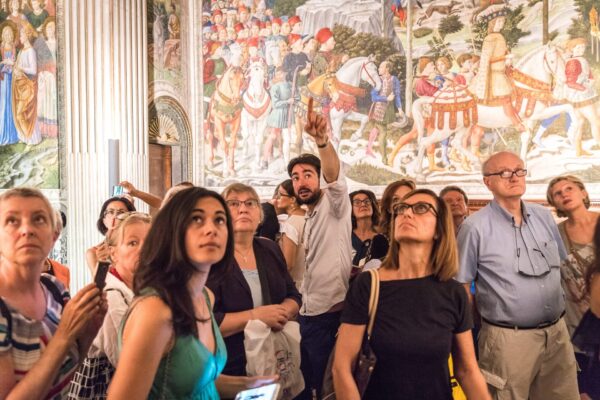Palazzo Medici Riccardi
Almost adjacent to the Basilica di San Lorenzo, on the northeast lies a palace-symbol of the greatest dynasty Florence has ever known. The Palazzo Medici Riccardi, the austere Renaissance Palace that housed the ruling Florentine family during their first 100 years of dominance.
The construction of the palace goes back to Cosimo il Vecchio (the Elder), the second of the long line of bankers and the first of the de-facto rulers of the Florentine democracy. Although extremely wealthy and powerful like a king in all but name Cosimo was not a show off. He preferred to stay behind the scenes and keep a low profile.
When he had finally dealt with his enemies and felt secure enough to display the magnitude of his economic affluence he decided to assign the design of his new palazzo to Filippo Brunelleschi, who was for many years occupied with the construction of the massive dome of Santa Maria del Fiore.
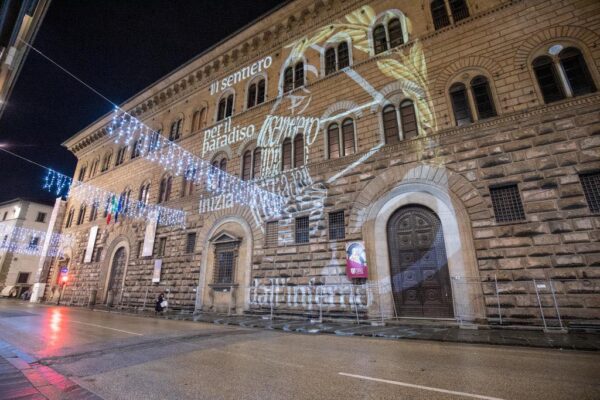
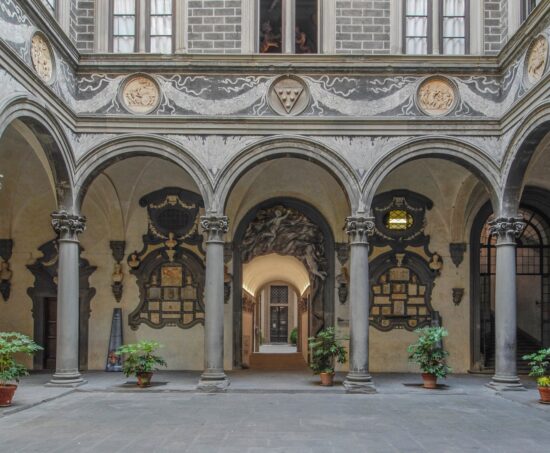
Bruneleschi’s vision proved to be too grandiose for his employer, who rejected his proposal and assigned the design of the palazzo to Michelozzo di Bartolomeo, an architect already employed by him during his exile in Venice.
The works started in 1444 and ended in 1459, when finally Cosimo moved in and works for the most impressive part of the palace, the Chapel of the Magi started taking place. Cosimo died just five years later with his grandson Lorenzo the Magnificent taking over the helm of the family and the management of the new palazzo in 1469 and turning it into a Renaissance dream.
Statues of Donatello and works by Botticelli, Verrocchio, sculptures from ancient Rome and Greece became part of a vast collection exhibited in and out of the house, for new brilliant students like Michelangelo, who spent his adolescence in what was in essence the first Academy of Fine Arts in Europe.
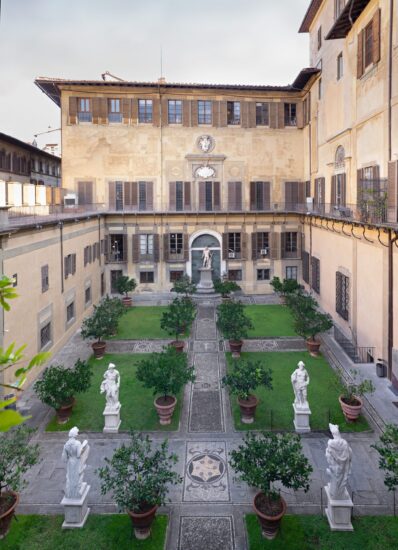
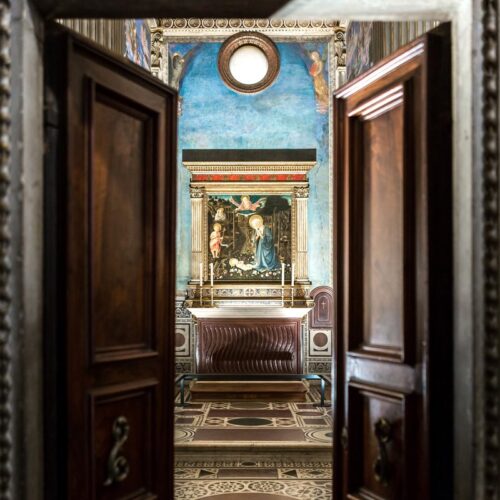
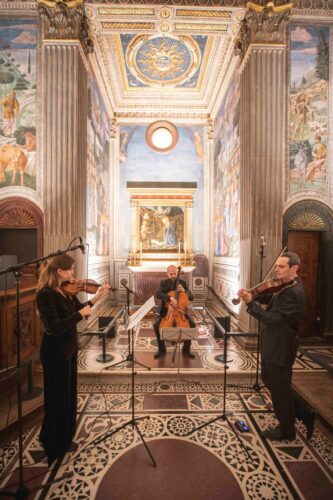
After Lorenzo’s death in 1492, the city fell into the vicious whirl of Savonarola‘s sermons. The palace was looted by the fanatics and its property confiscated by the Florentine government, by 1494 a plain instrument in Savonarola’s hands. When the Medici finally returned in 1512, they moved back in the palace for a short time before the anti-Medici sentiment broke out again with another looting of the palace in 1527.
The closing of the ground floor loggia and large windows by Michelangelo for security reasons could not prevent the new sack. When Cosimo I became duke he moved with his wife to Palazzo Vecchio (1540) before finally settling to Palazzo Pitti across the river nine years later. After several changes of ownership between different members of the Medici family the Palazzo Medici was finally sold to a wealthy banker named Gabriello Riccardi, who had been given the title of the Marquis for his services to the Medici family in 1659. From then on the palace would remain known as the Palazzo Medici Riccardi.

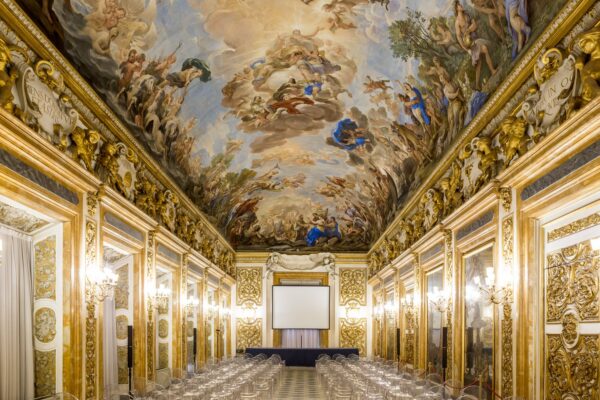
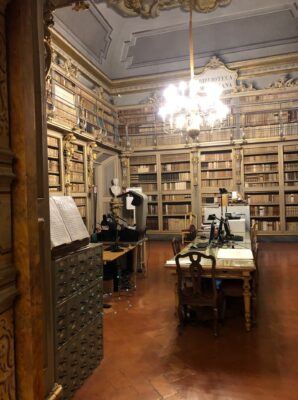
Although the exterior remained untouched the interior was revamped in Baroque style. An impressive gallery was created on the first floor with a ceiling fresco “the Apotheosis of the Medici” painted by Luca Giordano, decorated with golden stuccoes and painted mirrors composing one of the most typical examples of Baroque style in Florence.
Today the guest can marvel the lavish tapestries, frescoes and decorations of the Chapel of the Magi, of the Room of the Four Seasons, of the Sala Sonnino and the Galleria di Luca Giordano on the first floor as well as several temporary exhibitions on the ground floor and of course the magnificent inner courtyard built by Michelozzo and the palace garden, the epicenter of Italian Renaissance back in the palazzo’s heyday. More
